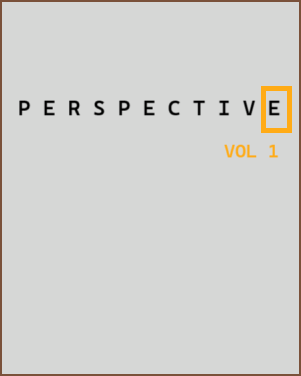
 |
| Make a Submission |
| Focus and Scope |
| Author Guideline |
| Reviewer Guideline |
| Publicaton Process |
| Publication Ethics |
| Editorial Board |
| Reviewer Board |
| Section Policies |
| Template Manuscript |
CALL FOR PAPERS December 2025
- FREE SUBMISSION
- JOIN US
| Tools |
| Sponsoring Organization |
|
|
| Information |
| Indexed |
| Statistics |
|
|
| ISSN |






